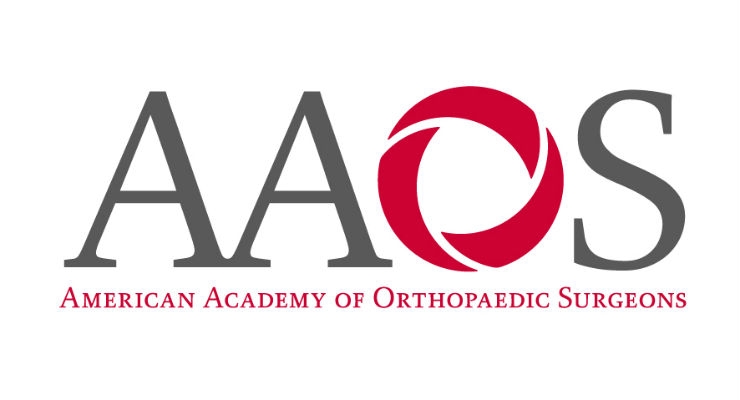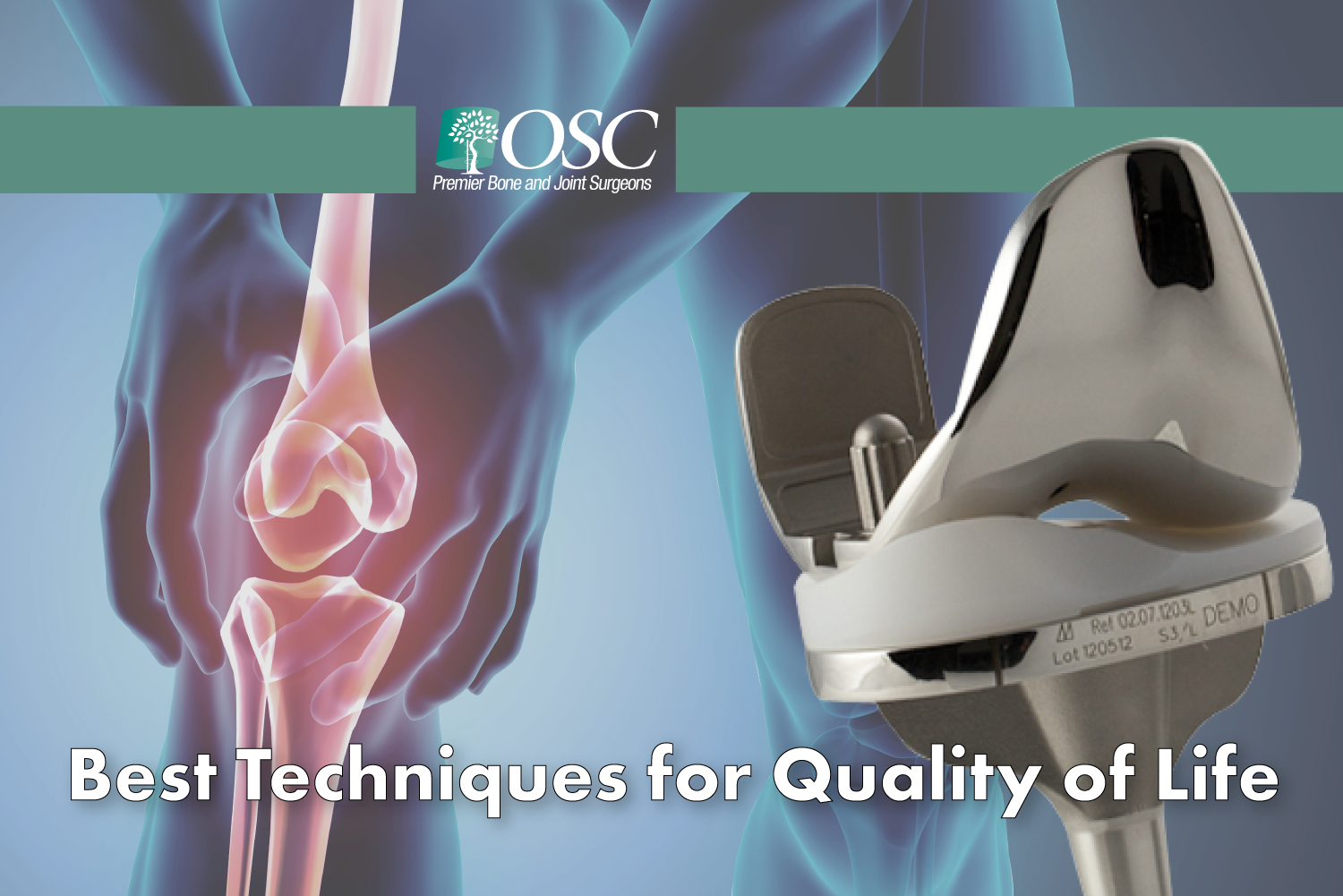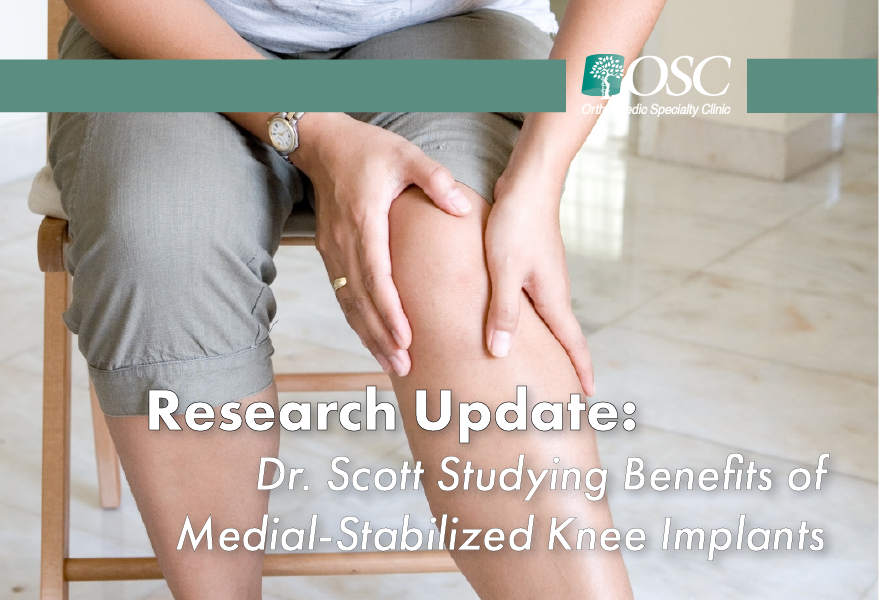Like many events, the annual American Academy of Orthopedic Surgeons (AAOS) meeting was cancelled due to help prevent the spread of COVID19. Here at OSC we applaud that decision, and support all efforts at social distancing and increased handwashing. Please feel free to reach out to us via phone if you have any concerns about coming in for an appointment. We will assess your health status with you and make decisions from there.
At the same time, while people are cooped up in their houses, we wanted to keep OSC patients up-to-date on the latest developments in orthopedics, and perhaps offer some interesting food-for-thought about your orthopedic health. When the AAOS Annual Meeting was still happening, Dr. Scott had been accepted to present a poster entitled, “Knee Arthroplasty Patient Satisfaction and Clinical Outcomes are Better with a Medial-Stabilized Implant vs. a Posterior-Stabilized Implant with a Modified Kinematic Alignment Surgical Technique: Two Hundred and One Subjects, Minimum Two-Year Follow-Up.”
You’ll can find the entire poster among Dr. Scott’s publications, but you can also review the highlights here:
Posterior Stabilized total knee replacement (TKA) has been very successful, with excellent long-term outcomes, whereas Medial-Stabilized implants are a fairly knee technology. This means not as many studies have been done to ascertain long-term success. Dr. Scott has therefore focused on longer-term results, so that he can compare outcomes for both TKA approaches.
The results of his study show that there are significant differences, starting as early as six months post-op, in flexion, the Forgotten Joint Score, and KSS Pain/Motion. Since balancing of the implant is performed more through bone cuts, instead of ligament releases, the anatomy of the knee is less directly affected. Dr. Scott hypothesizes that mid-flexion stability is the cause for these improved outcomes. However, patients can note that there is no different between the two procedures in the Lower Extremity Activity Scale, the KSS Function score, and the Coronal Xray alignment (1-year postoperative), which means that if patients are better candidates for a posterior-stabilized implant, their results will still be excellent.
For more information on Dr. Scott’s groundbreaking research in orthopedic surgery, please visit our research page for the completed and ongoing studies in which he is partaking. And if it seems like a good idea to entrust your joint care to such a reputable doctor, contact us today to schedule an appointment.





